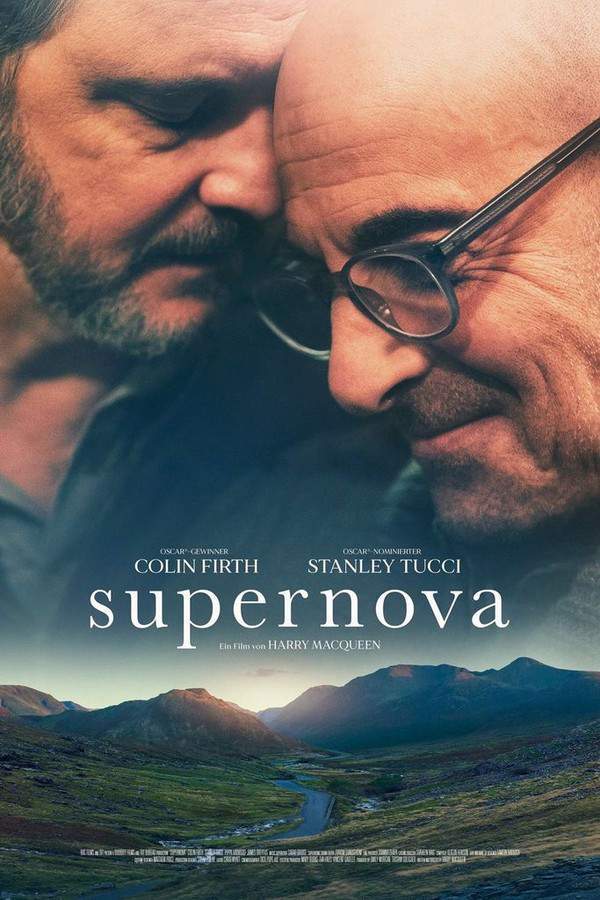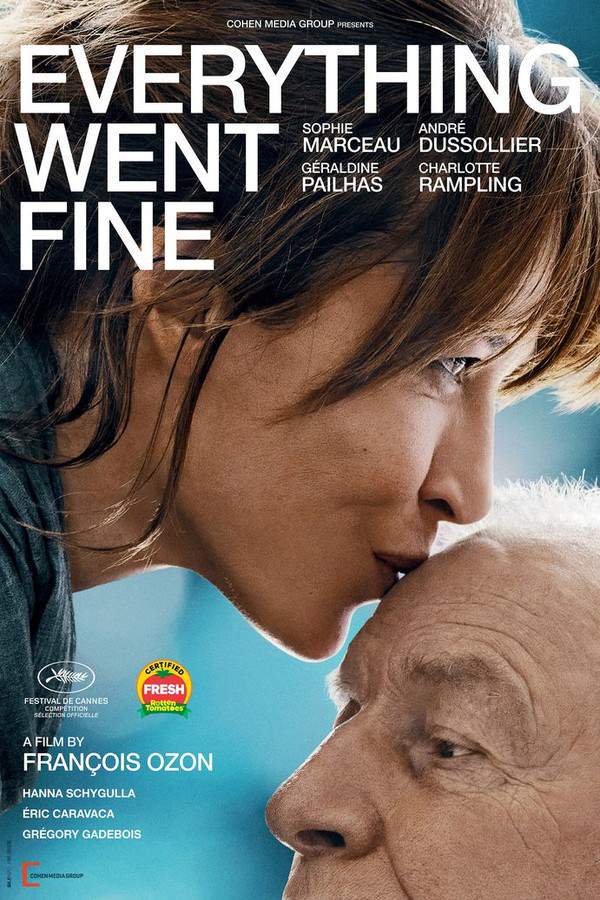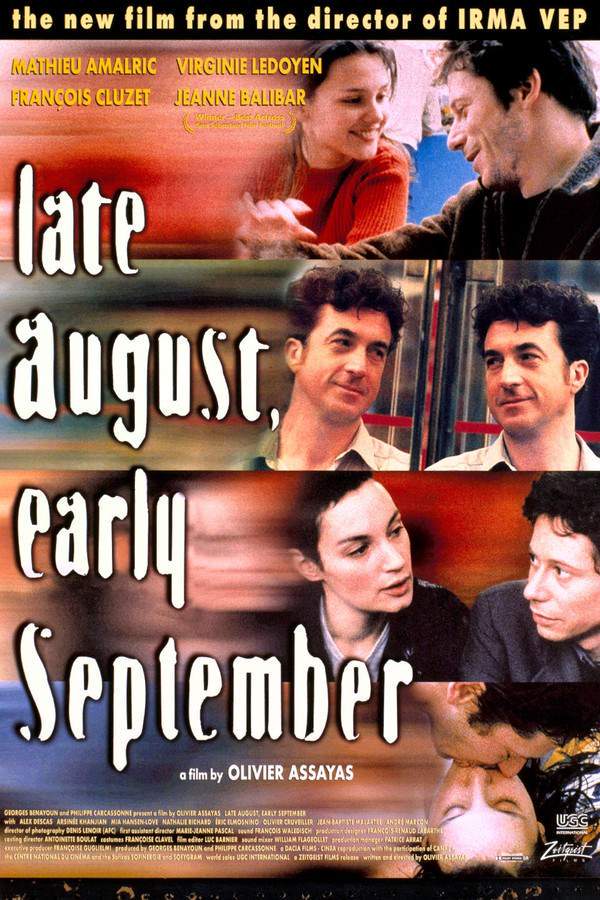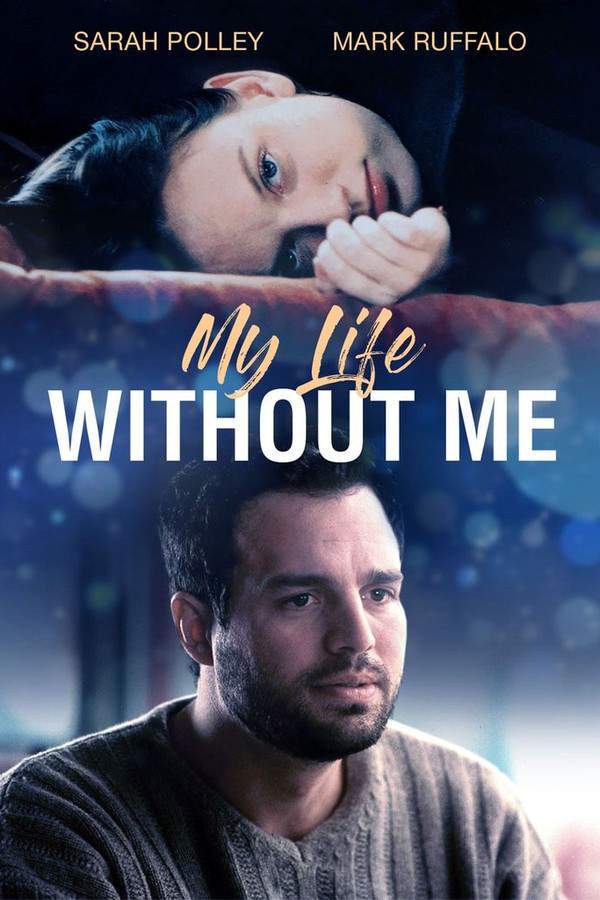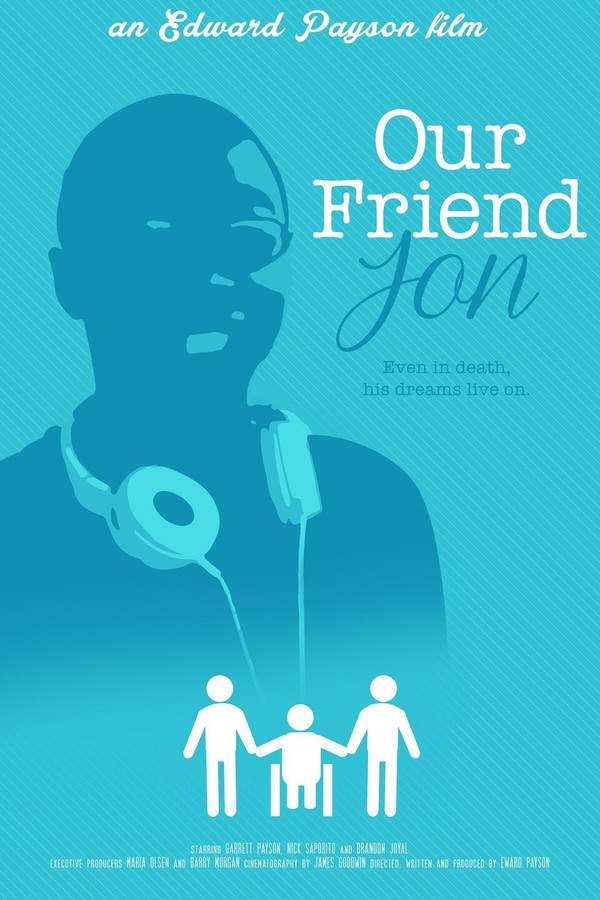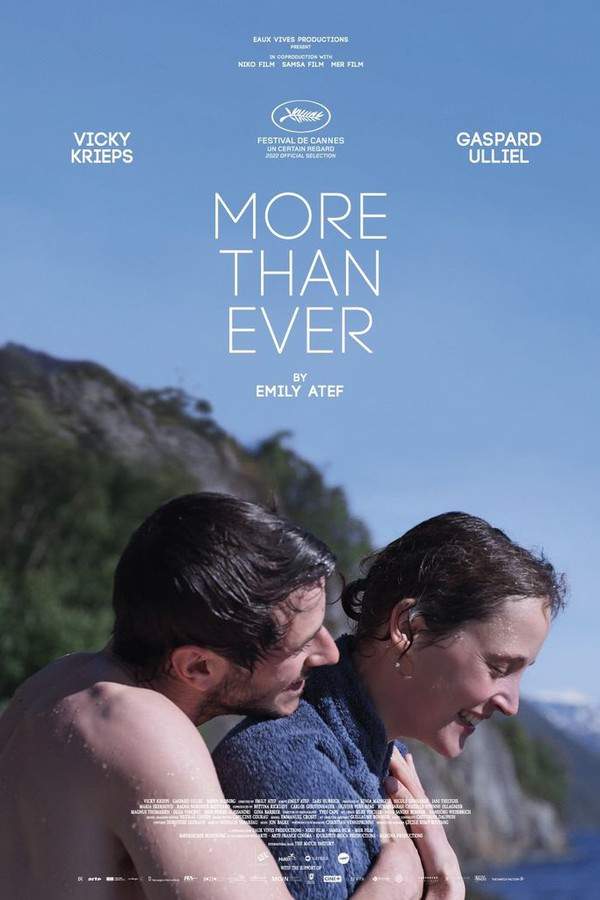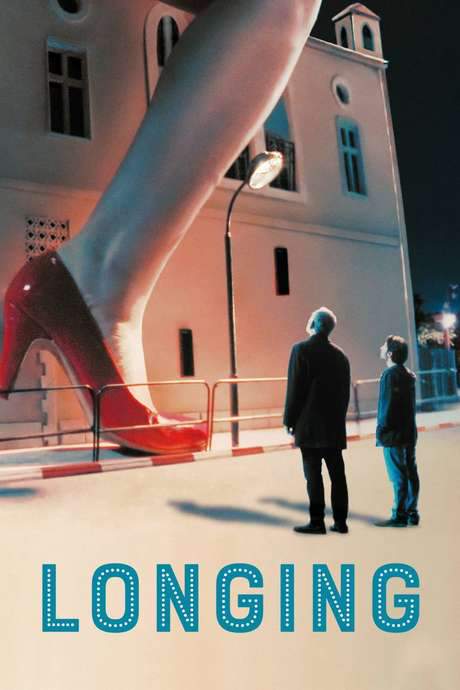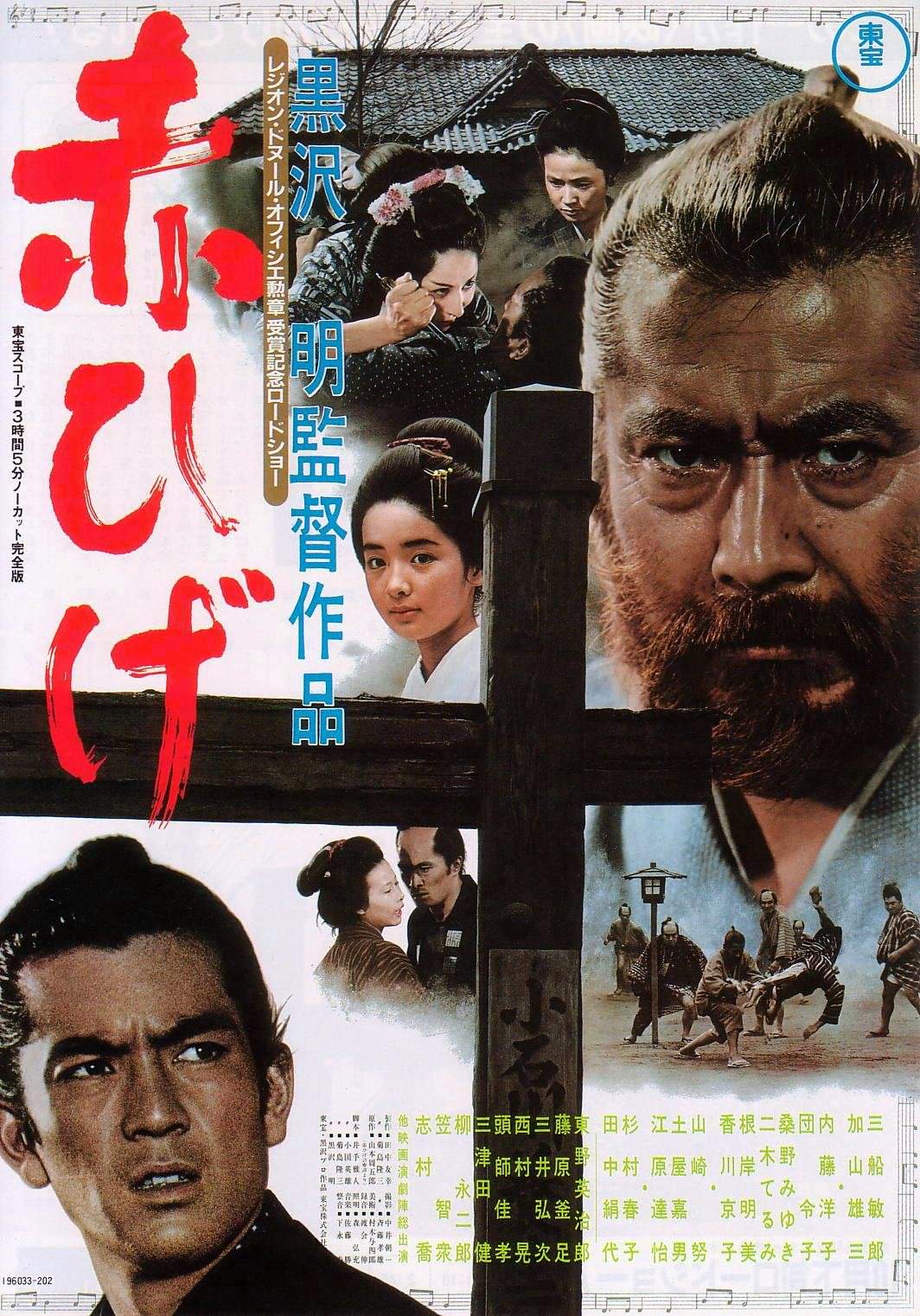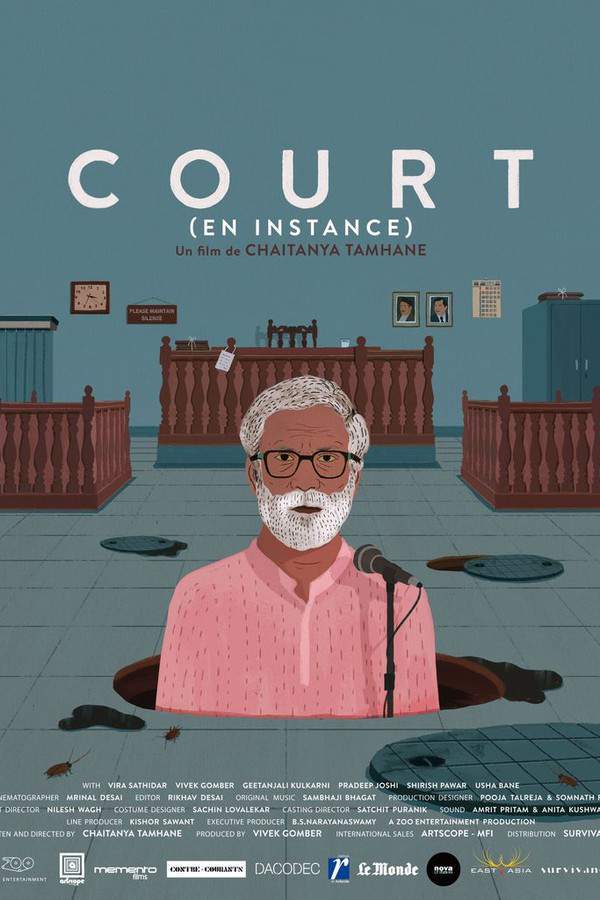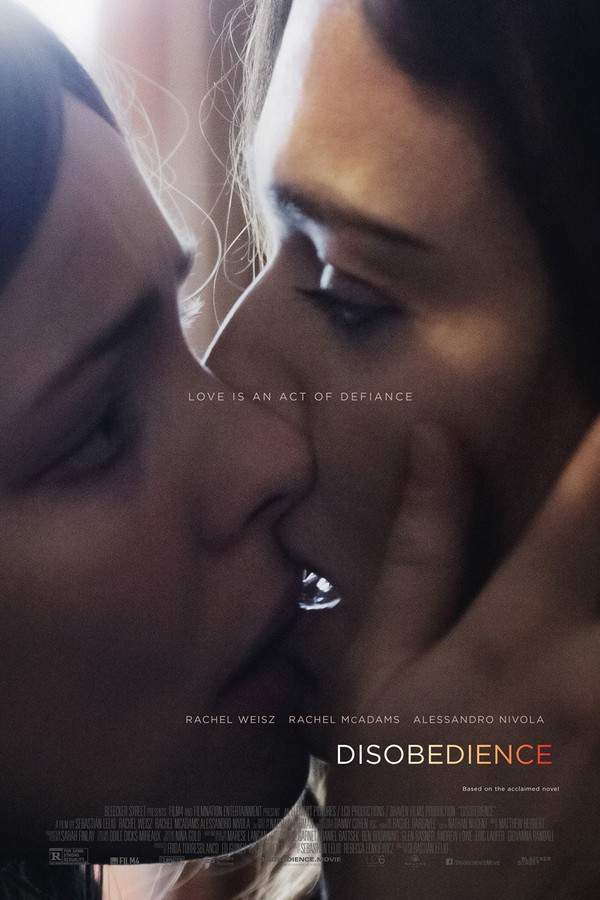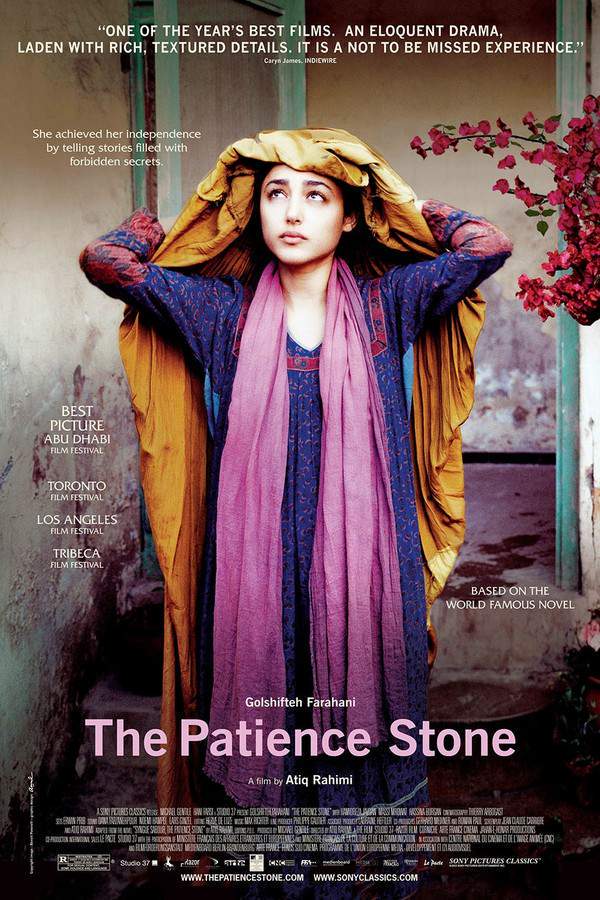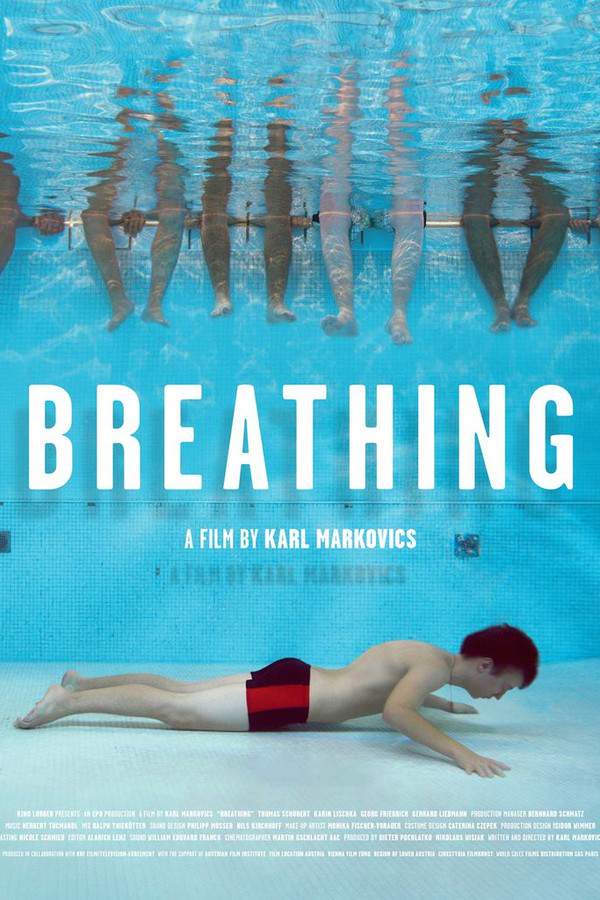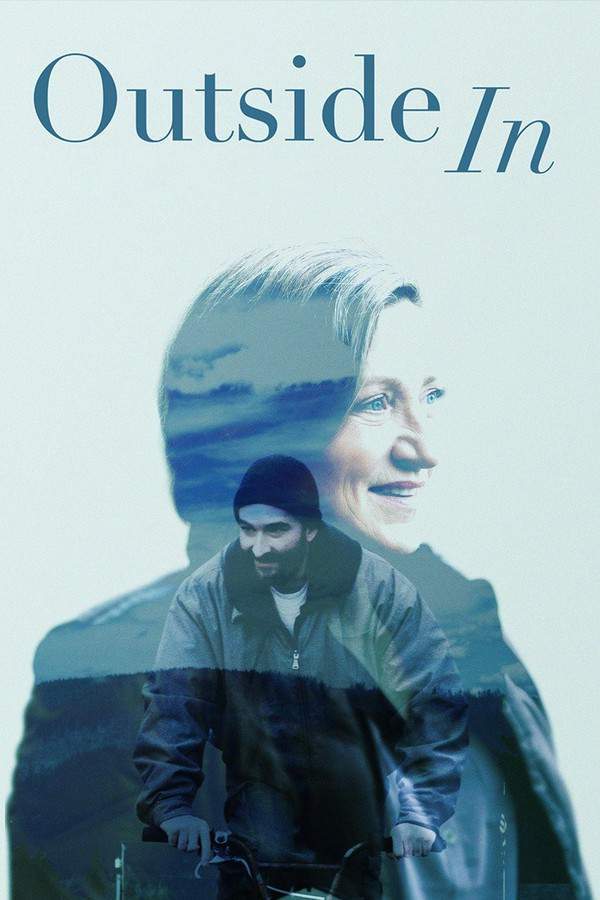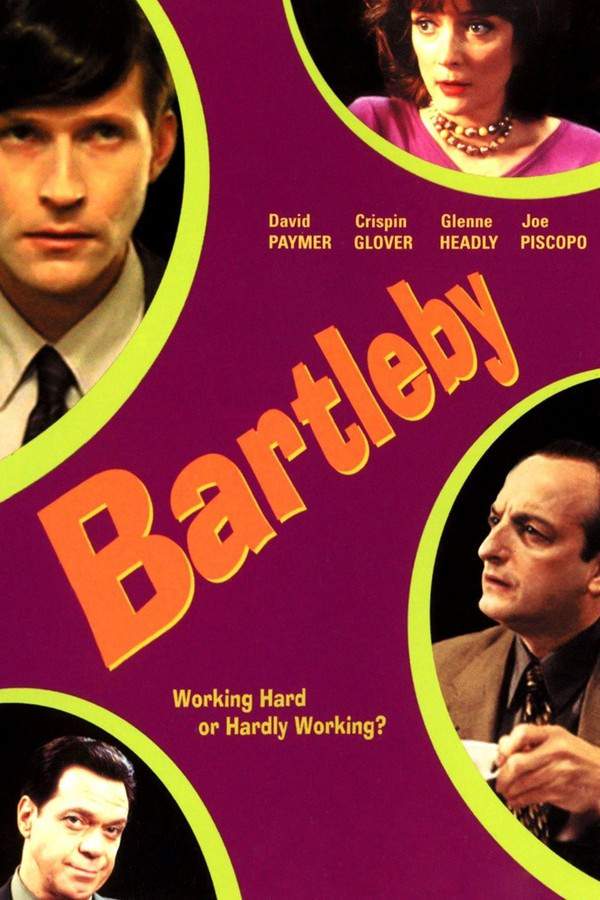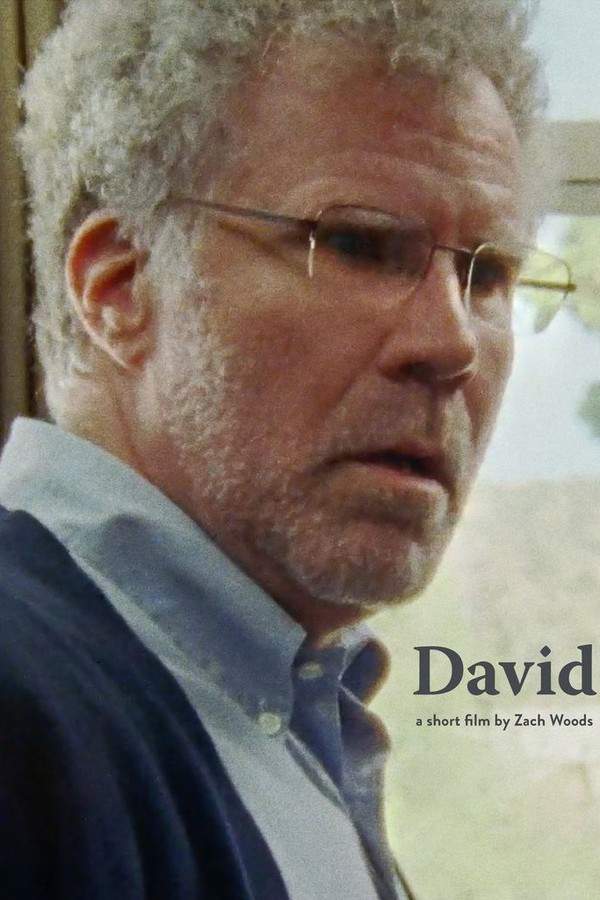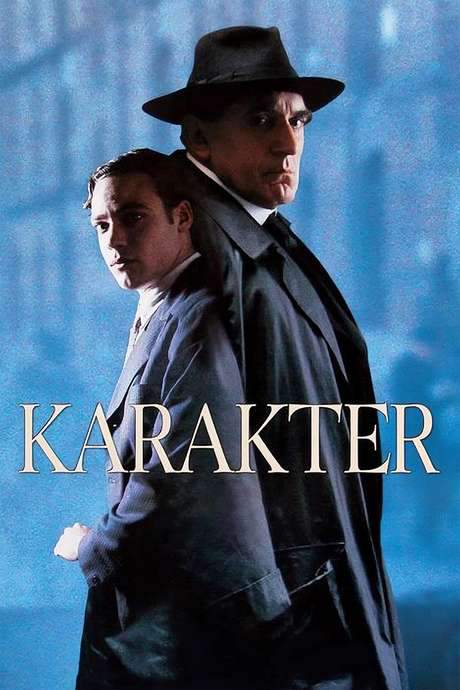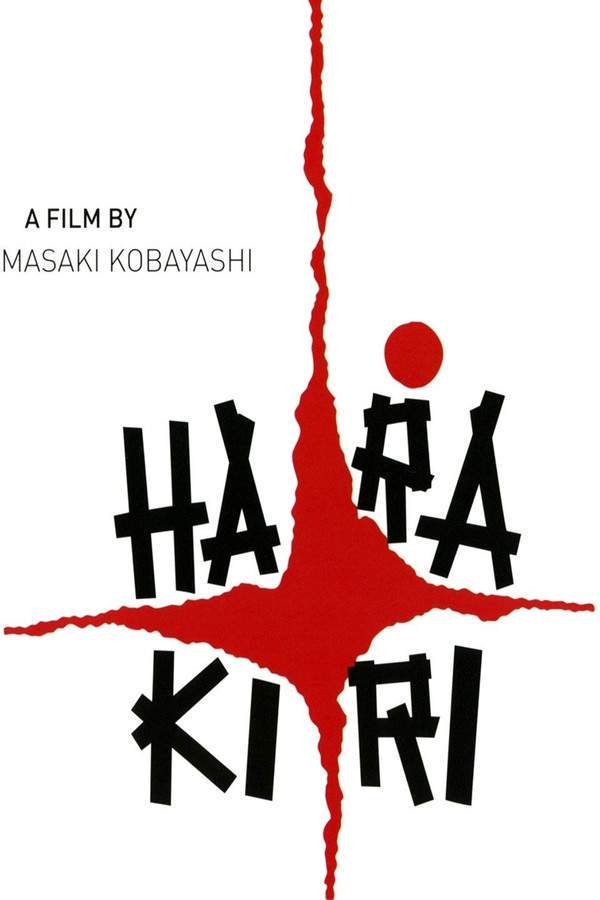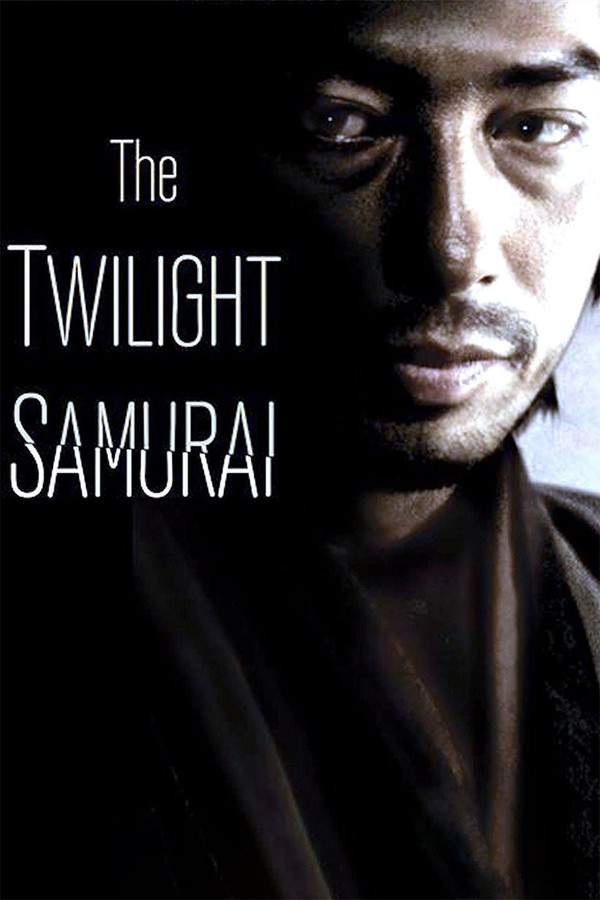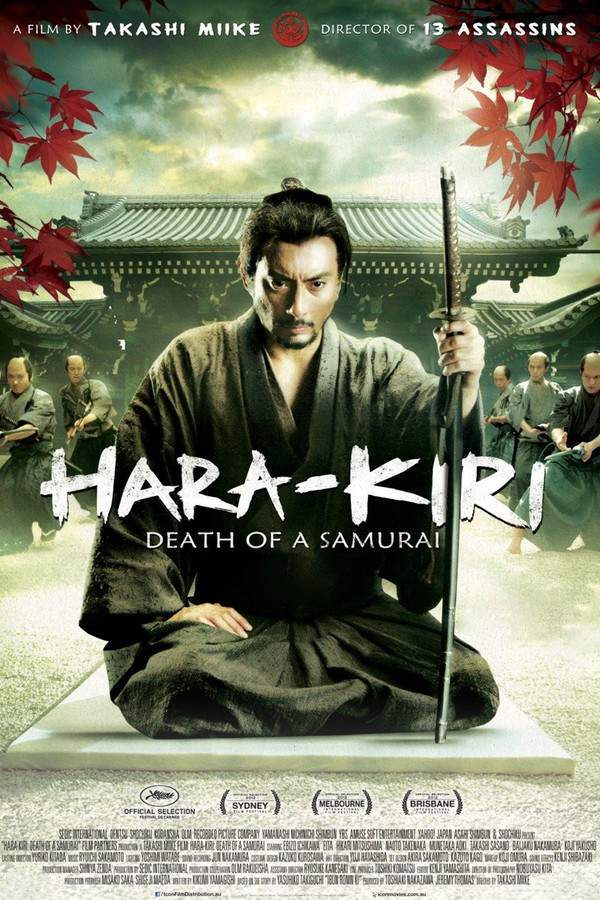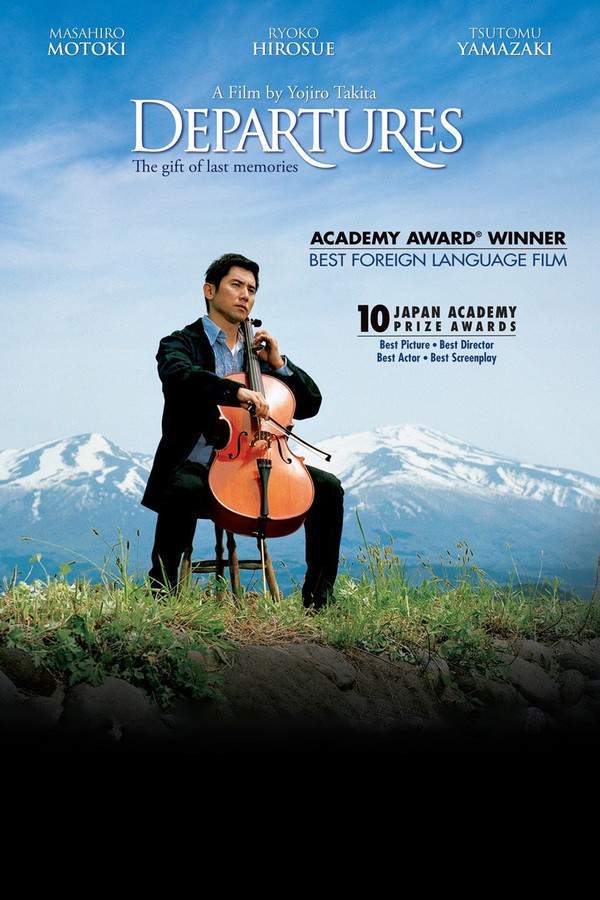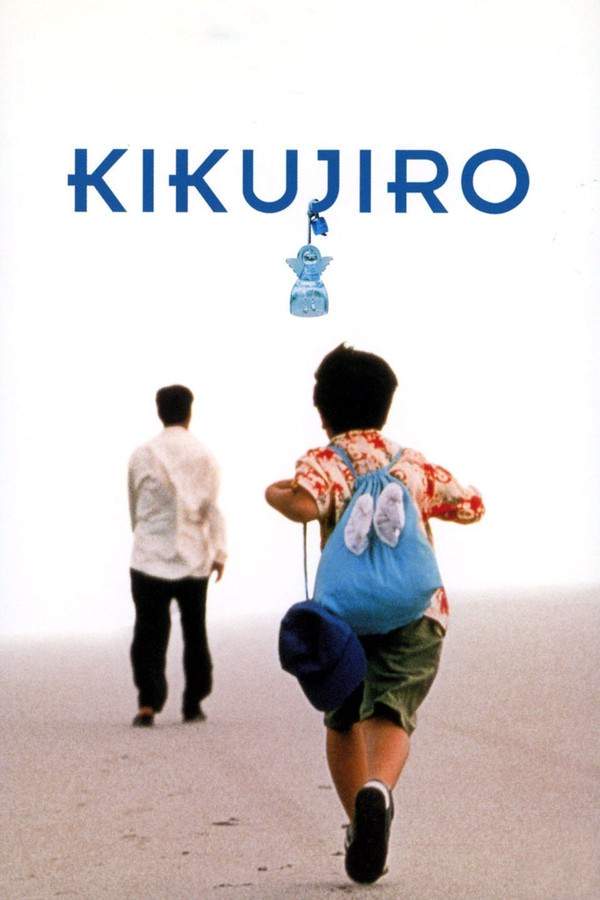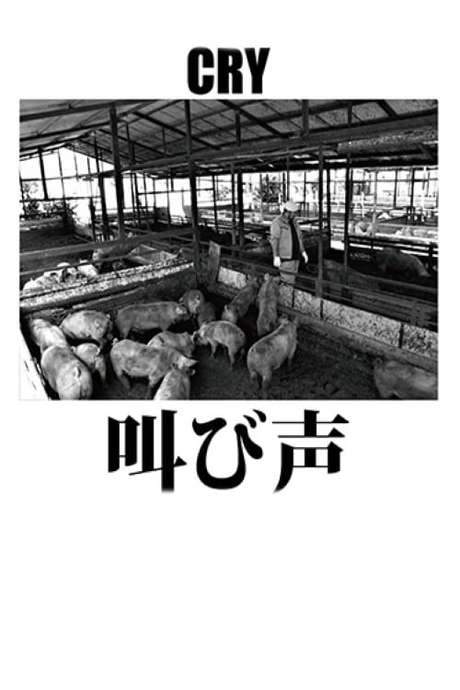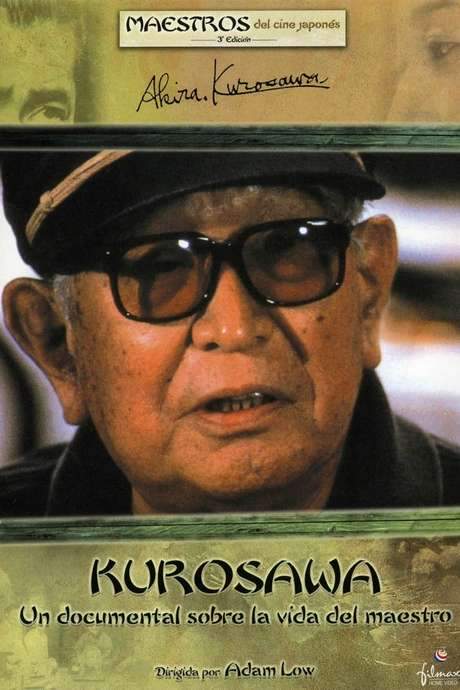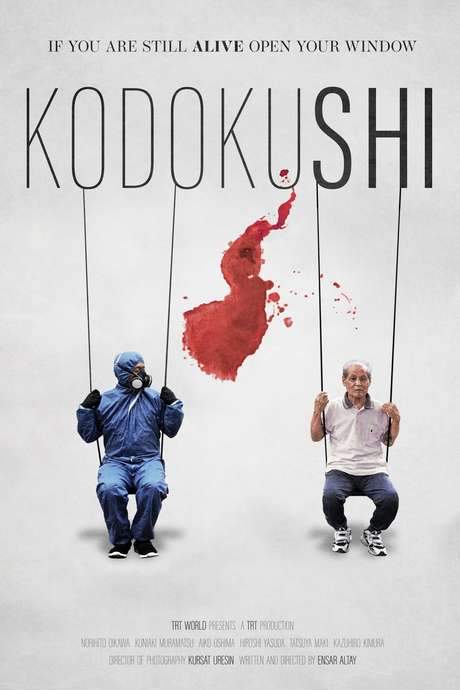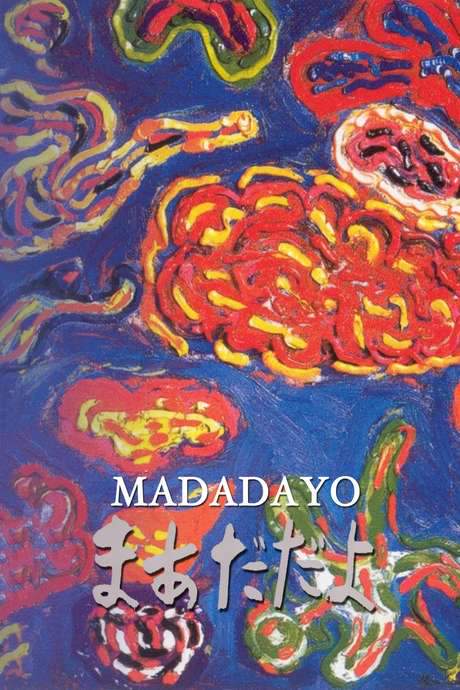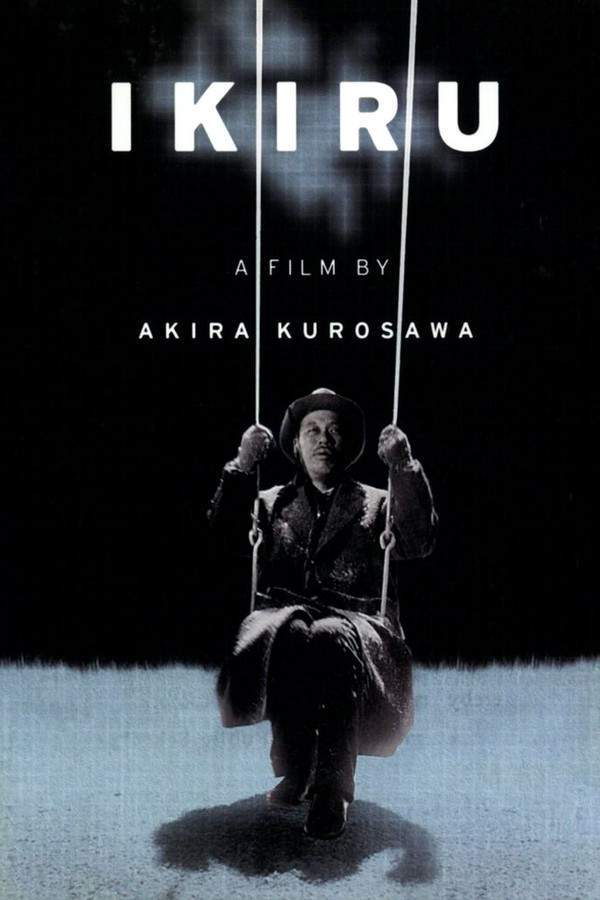
Ikiru
Year: 1956
Runtime: 143 min
Language: Japanese
Director: Akira Kurosawa
After receiving a terminal cancer diagnosis, Mr. Watanabe struggles to find meaning in his remaining time. Initially consumed by despair, he is inspired by a colleague's generosity and resolves to dedicate himself to a meaningful project. He channels his energy into building a much-needed playground for local children, overcoming bureaucratic obstacles and personal grief along the way. Through this endeavor, Watanabe finds purpose, connection, and ultimately, a quiet acceptance of his mortality.
Warning: spoilers below!
Haven’t seen Ikiru yet? This summary contains major spoilers. Bookmark the page, watch the movie, and come back for the full breakdown. If you're ready, scroll on and relive the story!
Timeline & Setting – Ikiru (1956)
Explore the full timeline and setting of Ikiru (1956). Follow every major event in chronological order and see how the environment shapes the story, characters, and dramatic tension.
Last Updated: October 22, 2024 at 19:35
Main Characters – Ikiru (1956)
Meet the key characters of Ikiru (1956), with detailed profiles, motivations, and roles in the plot. Understand their emotional journeys and what they reveal about the film’s deeper themes.
Last Updated: October 22, 2024 at 19:35
Major Themes – Ikiru (1956)
Explore the central themes of Ikiru (1956), from psychological, social, and emotional dimensions to philosophical messages. Understand what the film is really saying beneath the surface.
Last Updated: October 22, 2024 at 19:35
Explore Movie Threads
Discover curated groups of movies connected by mood, themes, and story style. Browse collections built around emotion, atmosphere, and narrative focus to easily find films that match what you feel like watching right now.
Movies about finding meaning like Ikiru
Characters confronting death seek purpose in their remaining time.Discover films similar to Ikiru where characters facing mortality embark on existential quests. If you liked the poignant search for purpose in Ikiru, you'll find other moving dramas about legacy, redemption, and the meaning of life in the face of terminal illness.
Narrative Summary
Stories in this thread typically begin with a catalyst—often a terminal diagnosis—that forces the protagonist to reevaluate their life. The narrative follows their journey from despair to action, as they overcome personal and bureaucratic obstacles to achieve a final, meaningful goal. The arc is one of spiritual awakening and quiet redemption.
Why These Movies?
These films are grouped by their shared focus on existential themes, a melancholic yet hopeful tone, and a narrative centered on a character's race against time to create something good. They deliver a heavy emotional weight through quiet reflection rather than high drama.
Movies about battling bureaucracy like Ikiru
A single determined individual battles systemic inertia for a noble cause.Explore films similar to Ikiru that feature a lone protagonist challenging a bureaucratic system. If you enjoyed Watanabe's struggle to build the playground, you'll appreciate these stories about perseverance, community impact, and the triumph of humanity over red tape.
Narrative Summary
The narrative pattern involves a protagonist identifying a social or community problem that is being ignored by the authorities. The central conflict is their uphill battle against paperwork, apathy, and rigid procedures. The journey is less about explosive confrontations and more about dogged determination, culminating in a small but significant victory that affirms human spirit.
Why These Movies?
Movies in this thread share a specific conflict type: individual versus system. They possess a slow, deliberate pacing that allows the weight of bureaucratic obstacles to be felt, and a tone that blends frustration with gentle optimism. The emotional core is the protagonist's unwavering commitment.
Unlock the Full Story of Ikiru
Don't stop at just watching — explore Ikiru in full detail. From the complete plot summary and scene-by-scene timeline to character breakdowns, thematic analysis, and a deep dive into the ending — every page helps you truly understand what Ikiru is all about. Plus, discover what's next after the movie.
Ikiru Summary
Read a complete plot summary of Ikiru, including all key story points, character arcs, and turning points. This in-depth recap is ideal for understanding the narrative structure or reviewing what happened in the movie.

Ikiru Timeline
Track the full timeline of Ikiru with every major event arranged chronologically. Perfect for decoding non-linear storytelling, flashbacks, or parallel narratives with a clear scene-by-scene breakdown.

Ikiru Spoiler-Free Summary
Get a quick, spoiler-free overview of Ikiru that covers the main plot points and key details without revealing any major twists or spoilers. Perfect for those who want to know what to expect before diving in.

More About Ikiru
Visit What's After the Movie to explore more about Ikiru: box office results, cast and crew info, production details, post-credit scenes, and external links — all in one place for movie fans and researchers.

Similar Movies to Ikiru
Discover movies like Ikiru that share similar genres, themes, and storytelling elements. Whether you’re drawn to the atmosphere, character arcs, or plot structure, these curated recommendations will help you explore more films you’ll love.
Explore More About Movie Ikiru
Ikiru (1956) Plot Summary & Movie Recap
Ikiru (1956) Scene-by-Scene Movie Timeline
Ikiru (1956) Spoiler-Free Summary & Key Flow
Movies Like Ikiru – Similar Titles You’ll Enjoy
Harakiri (1964) Movie Recap & Themes
The Twilight Samurai (2004) Movie Recap & Themes
Hara-Kiri: Death of a Samurai (2012) Ending Explained & Film Insights
Departures (2009) Story Summary & Characters
Kikujirô no natsu (2000) Full Movie Breakdown
Cry (2019) Movie Recap & Themes
Kurosawa (2000) Full Movie Breakdown
Jyukai: The Sea of Trees Behind Mt. Fuji (2005) Story Summary & Characters
Akira and Akira (2022) Full Summary & Key Details
Kodokushi (2020) Movie Recap & Themes
Tokyo Story (1953) Spoiler-Packed Plot Recap
Madadayo (1993) Movie Recap & Themes
The Last Dance (1993) Movie Recap & Themes
Dying at a Hospital (1993) Film Overview & Timeline
Ikigami: The Ultimate Limit (2008) Story Summary & Characters

